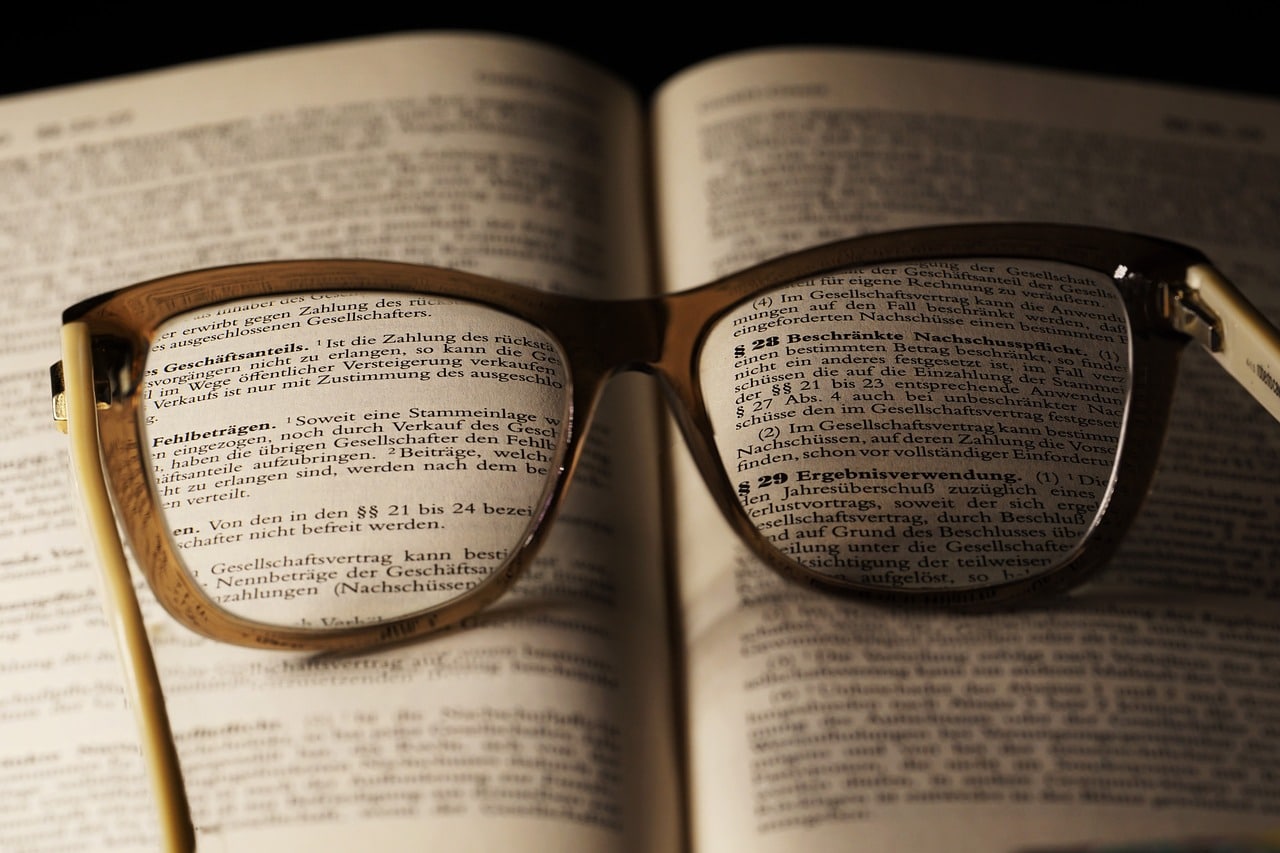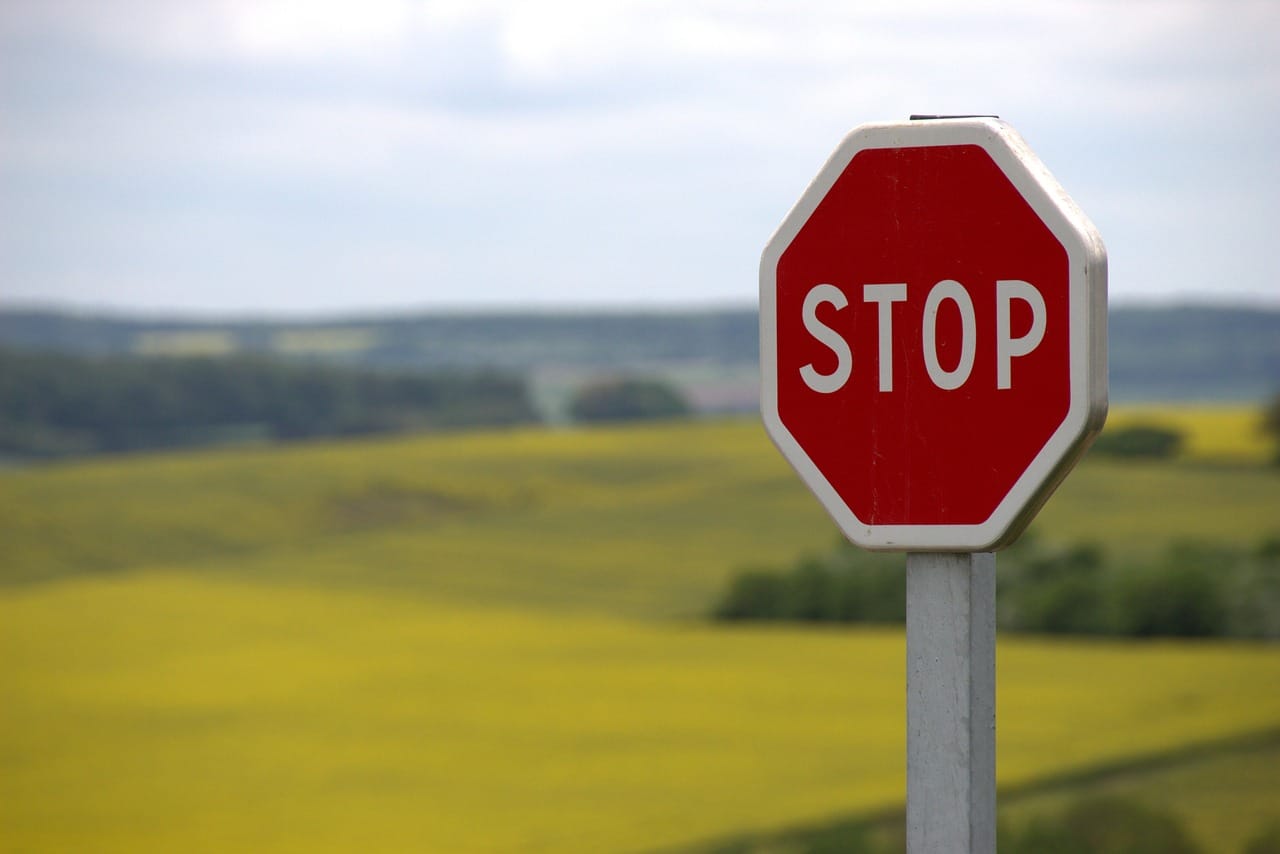
Regulation can be a set of ordered rules that govern behavior at a given site.
Regulation is the act and consequence of regulating : making a certain matter subject to a regulation . The idea of regulation, furthermore, refers to a set of norms or rules .
Ruler
A rule is something that must be followed or respected by being agreed upon or agreed upon. It is also understood that a rule is an instituted way of doing something . It is important to understand this concept before moving forward.
Although there are rules that are recorded in official documents, whose scope can be internal , regional or national, among other cases, there are also many that are tacit , that are understood in interpersonal relationships and that we learn unconsciously as we become adults: do not interrupt our interlocutor, do not mistreat other people's property, do not physically attack others, etc. The consequences of breaking these rules vary according to their severity and the other person's reaction.
Establishing rules
Regulation is the establishment of rules . In this case, it is the action of imposing rules on a process or activity, of regulating them. The notion of regulation can even refer to an ordered series of this type of precepts (that is, a regulation).
Suppose that the authorities of a coastal region make the decision to authorize the development of certain economic activities in a beach area where, until then, they were not permitted. The local government, in this framework, proceeds to regulate these activities, establishing guidelines and requirements that aim to minimize pollution. The result of said work can also be mentioned as regulations: the guidelines set by the State to authorize the economic tasks in question.
Let us now take the case of the provisions established in response to the coronavirus pandemic . In one city, for example, restaurants were prohibited from operating to minimize the chances of contagion. Some time later, when the epidemiological situation was controlled , the reopening of gastronomic establishments was approved, although with new regulations that order a certain distance between tables, the provision of disinfectant products to diners and the use of a mask, chinstrap. or face masks while not eating.
Regulatory signs
Regulatory signs serve to indicate prohibitions, limitations and obligations on public roads. Unless otherwise specified, we must respect them based on the cross section of where they are located.
Below we will see some of the most common regulatory signals:
- yield : the driver must allow vehicles at the next intersection to pass before continuing forward or entering a new lane;
- stop : indicates the obligation to stop at the next stop line or, failing that, before the next intersection, to give way to others.;
- priority road : the driver has priority over those traveling on a different road;
- end of priority : the current road will no longer have priority once this regulatory sign comes into effect;

The "stop" regulatory sign indicates the obligation to stop.
- priority in the opposite direction : it is not possible to enter a narrow passage, unless it can be crossed without forcing drivers moving in the opposite direction to brake;
- passing without stopping is prohibited : it is mandatory to stop in a certain area, which may be a toll or customs post, among others, probably followed by mechanisms that force the arrest of those who try to ignore this regulatory sign ;
- axle mass limit : vehicles exceeding the axle mass indicated on the sign cannot pass;
- Dimensional limit : either length, width or height may be limited by their respective regulatory signs, with the maximum value indicated next to the chart. In all three cases, the account must be made including the load carried by the vehicle.
